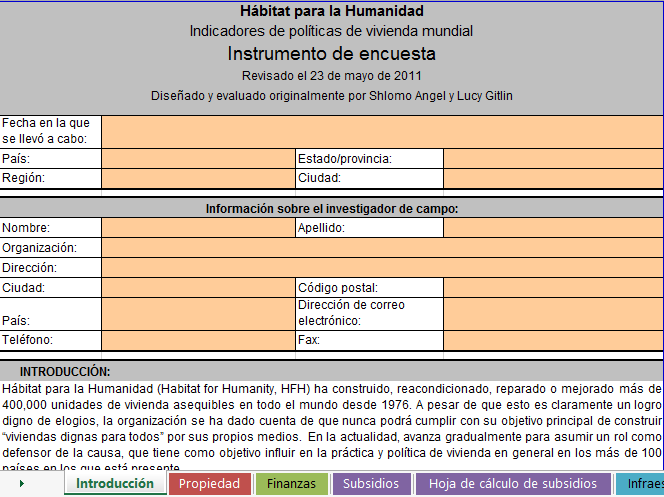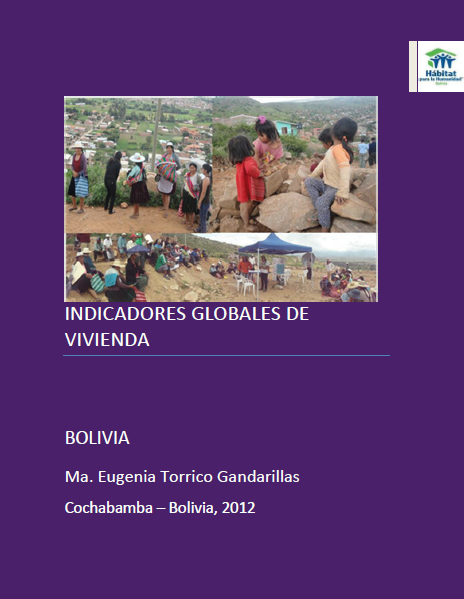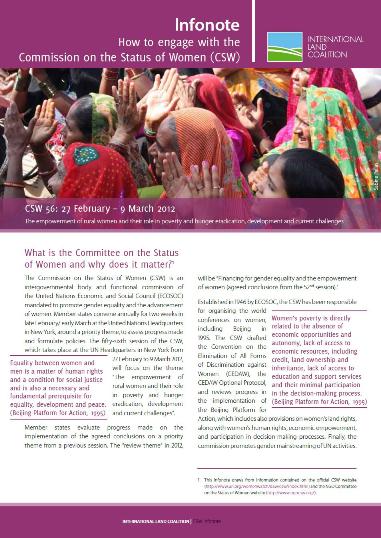Sub-Decree on Reclassification of 7,600 hectares of land in Kulen-Prumtep Wildlife Sanctuary in Oudor Meanchey province
Reclassifying 7,600 hectares as state private land in Kulen-Prumtep Wildlife Sanctuary in Oudor Meanchey province for agro-industry and rubber plantation investment under concession condition.






